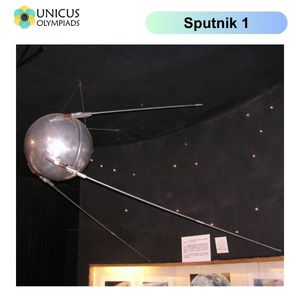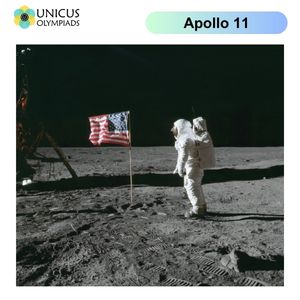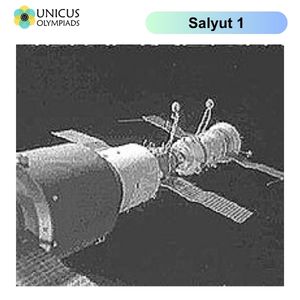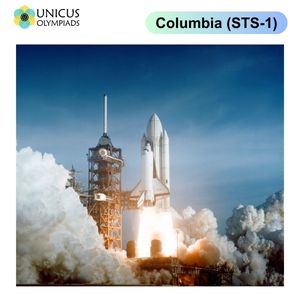

Space exploration has led to many significant achievements that have shaped our understanding of the universe. From launching the first satellite to sending the first humans into space, these milestones have laid the foundation for the advances in space science and technology that we see today. Below, we explore some of the first major achievements in space history, including the launch of the first satellite, the first human in space, and other groundbreaking events.
Sputnik 1: October 4, 1957

Yuri Gagarin: April 12, 1961

Apollo 11: July 20, 1969

Salyut 1: April 19, 1971

Columbia: April 12, 1981
